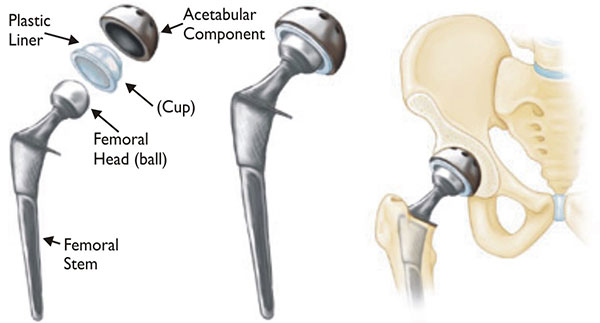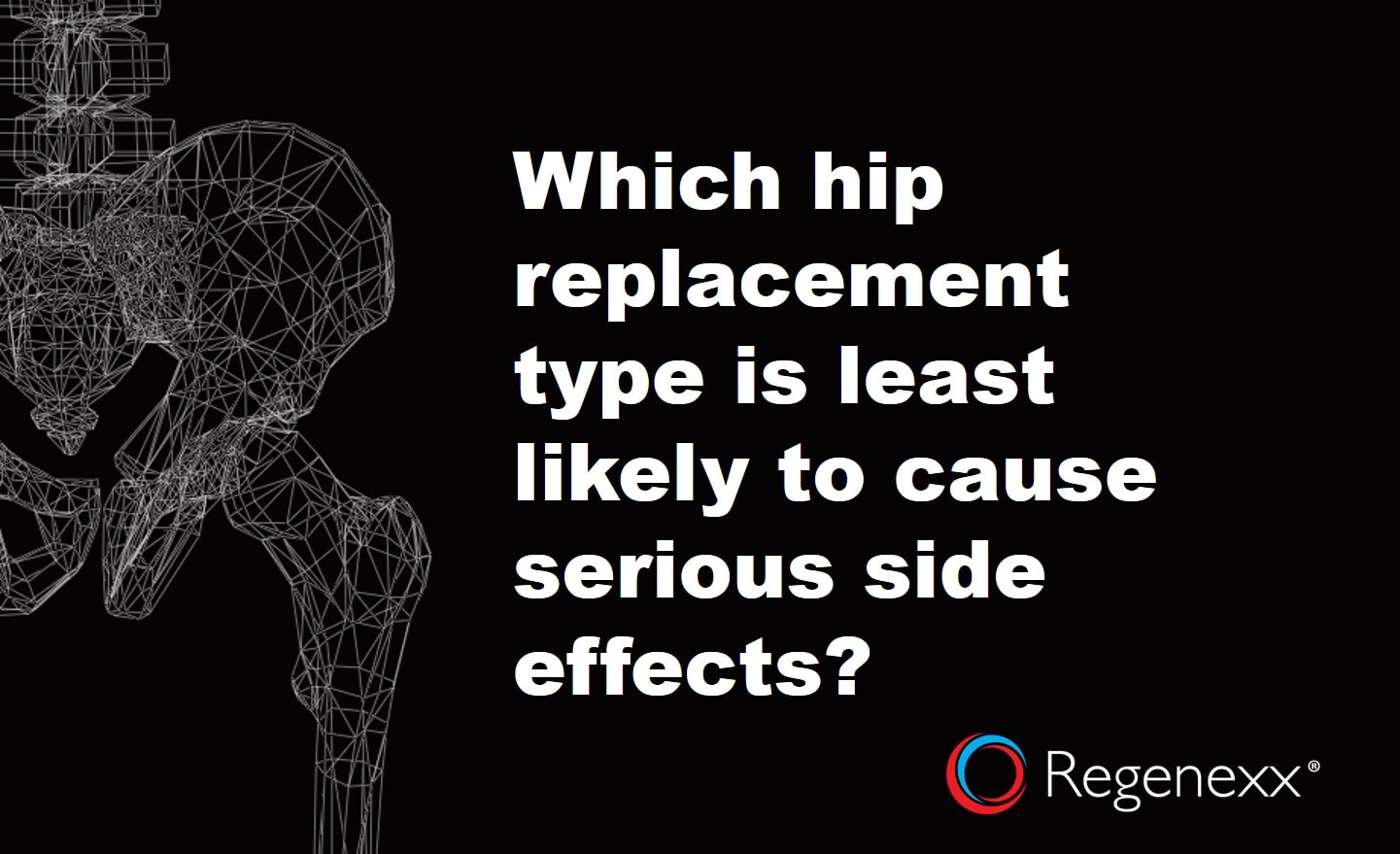However the greatest problem in joint replacement is loosening which can be encouraged to occur if the patient is very active especially with weights or high impact activities like running basketball and racquetball.
Ceramic on ceramic hip replacement longevity.
Hip replacement surgery relieves pain and restores hip function.
Polyethylene wear debris and the resulting inflammatory response leading to osteolysis and loosening is the primary mode of failure limiting the longevity of total hip replacements.
In a metal or ceramic cup this is less of an issue but with a plastic cup for example over time this wear can require the cup to be replaced.
Excellent survivorship in the very young patient kim et al jbjs 2012.
Which occurs when the metal or ceramic ball that is inside the socket is forced out.
Survival of hip replacements has often been reported in case series some of which extend to 40 years.
Some of the factors that seem to influence the longevity of hip replacement implants include.
Alternative bearing surfaces including ceramic on polyethylene have been investigated in an effort to decrease the amount of polyethylene wear debris.























